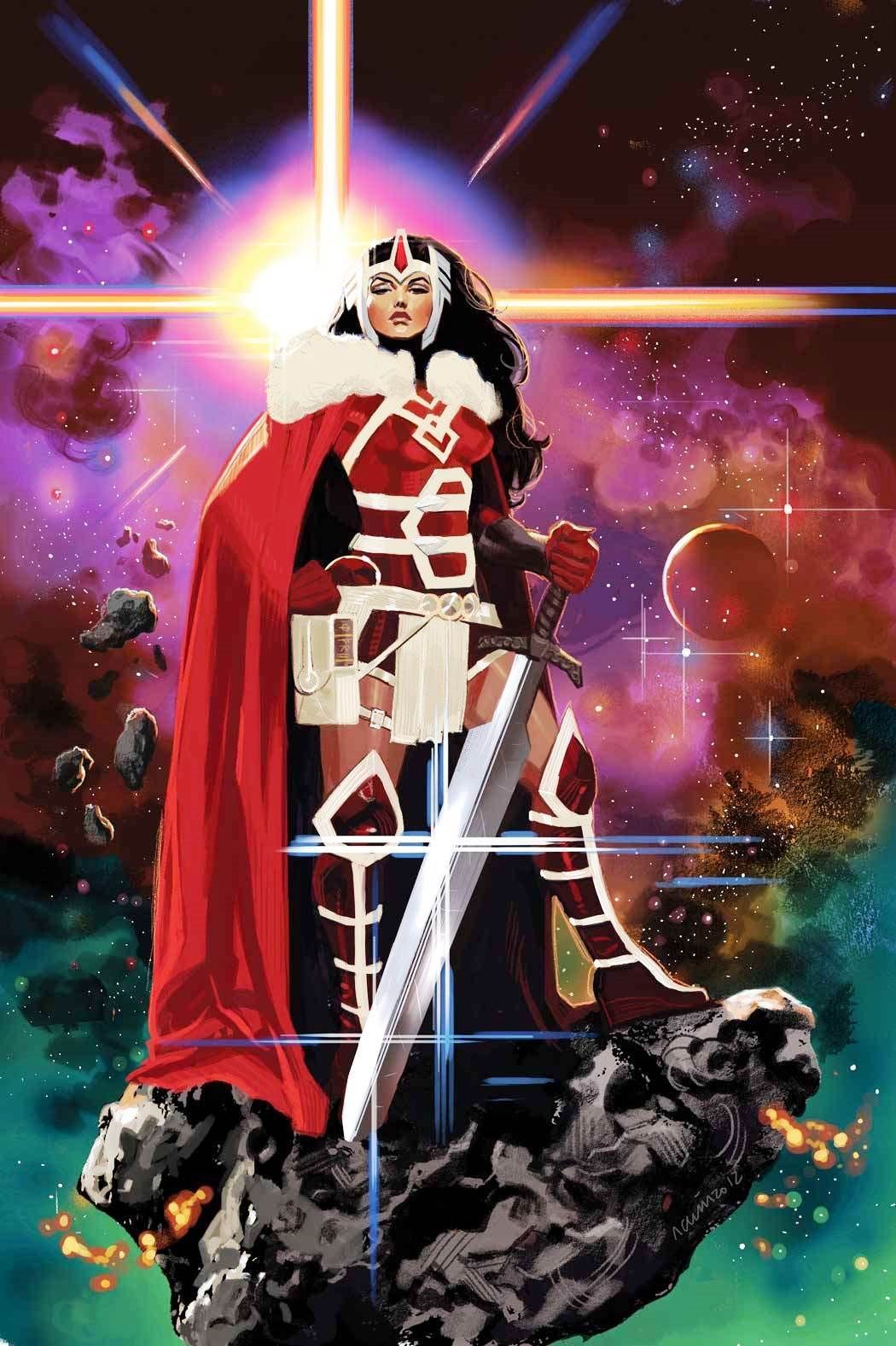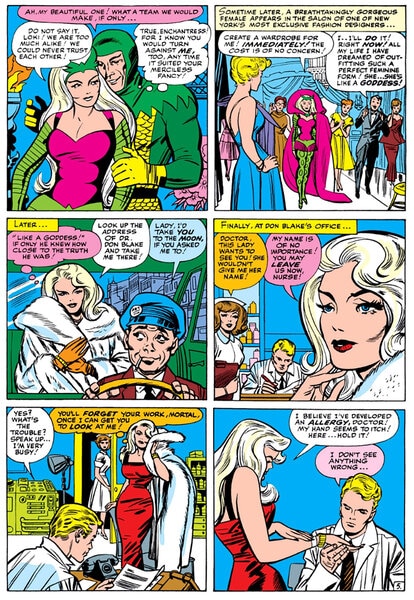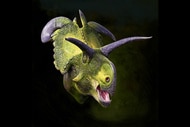Create a free profile to get unlimited access to exclusive videos, sweepstakes, and more!
When women came to Asgard

Thor made his first appearance back in the swinging '60s with Journey Into Mystery #83, and that issue would introduce much of what we know today as his supporting cast — except for, you know, all the women. Though Jane Foster made appearances early on as the unrequited crush of Thor’s human alter ego Donald Blake, it took a long time before there was much characterization to her — at least, beyond the standard superhero dilemma of her loving the hero but not bothering to see the ordinary man behind him.
Then, in Journey Into Mystery #102 and 103, seemingly out of nowhere, all these rad ladies with amazing headgear started showing up, and the Thor mythos was forever changed. Alongside our girl Jane Foster, there were three new women in Thor’s life. The story of the Odinson would never be the same, and most Thor fans of today would acknowledge that this was a change most definitely for the better.
Journey Into Mystery
Both Stan Lee and Jack Kirby said that Thor came from an interest in exploring mythology via a comic book. Kirby had created a Thor prototype in DC’s Tales of the Unexpected, but along with Lee’s scripting, the concept solidified into one of the most important characters of the Marvel Universe. Shortly after, Thor joined the Avengers, and his nefarious brother Loki became their first major villain.
Though Lee and Kirby introduced the character, the series would drift through creative team lineups all the way up until the definitive Journey Into Mystery #101. At this time, Kirby and Lee finally committed to creating the most legendary take on Thor a comic book could hold. This issue is certainly an early Marvel masterpiece, and their run would last dozens of issues.
After kicking it off for real, Lee and Kirby introduced a few more characters into Thor’s pantheon. Both Sif and Hela made their first appearance in Journey Into Mystery #102, in a backup story that Kirby ran for much of this run called Tales of Asgard, in which he told his version of Norse myths in five- or six-page increments. The Tales of Asgard stories are a ton of fun to read, and they give us our first look at one of the most influential heroes and one of the most unforgettable villains of the Thor franchise.
In this story, Thor is still very young and looking to establish himself as worthy of wielding the hammer of Odin. He knows that Lady Sif is being held captive in the realm of death by the all-powerful Hela. He travels to the depths of Hell to confront Hela. When he puts his life on the line to free Sif, he appeals to Hela’s better nature, and she allows them to leave. This is a far cry from the ruthless Hela of Thor: Ragnarok, but in the comics this is who Hela has always been. She does great evil, but even Odin acknowledges her as necessary to the balance of the cosmos.
Like Jane Foster, Lady Sif went on to exist at varying degrees of awesomeness, depending on the creative team. Sometimes Sif would be fighting alongside Thor, making brilliant moves as a strategist and throwing down with the best of them. Other times she seemed to revert to her original appearance as a background character who was there only to be rescued by Thor. Hopefully, though, we've seen the last of damsel-in-distress-era Sif. Her semi-recent stint as the focal character in Journey Into Mystery helped establish her as a leading lady in her own right.
In later issues, Sif comes into her own, and she and Thor are dopey and sentimental toward one another in that way that we love to see. When he tries to be protective of her, she refuses to allow it and shows nothing but bravery at every turn. Although much of her personality is based around her feelings for Thor, even to this day there is no question that she has grown by leaps and bounds since those early days.
Amora's first appearance came an issue later in #103. She showed up right on the cover, helping the Executioner fight Thor. It was rare in the time for comics to prominently feature female characters in action poses on covers, so Amora definitely catches the eye. Also eye-catching? Her incredible outfits. Over the course of one page, she goes through various amazing looks.
We would see more of Amora in books like the Avengers and the Defenders. She temporarily seduced Black Knight into serving her will, and also temporarily turned the Avengers into feminists via her control over the form of Valkyrie. Still, she didn’t show up much in Thor comics in anything other than a few cameo appearances, hanging out with her BFF Loki and ruining Thor’s life from afar. She made her return late in Walt Simonson's run and became much more prominent after that. Like all these women, she was a character who got much more interesting over time, but still sometimes gets unfairly sidelined.
Jane Foster, Lady Sif, Amora the Enchantress, and Hela all share one thing in common, and that is they are all incredibly badass. Thor comics are better due to the introduction of each one of them. Though they have changed a lot in their early appearances, they do still retain a uniqueness in their early days that makes them stand out. The evolution of Thor has brought some incredible stories to the world over the years — but even in those early days, there were a lot of gems to enjoy, most of them within the pages of the stories featuring these fierce women.
The views and opinions expressed in this article are the author's, and do not necessarily reflect those of SYFY WIRE, SYFY, or NBC Universal.






























